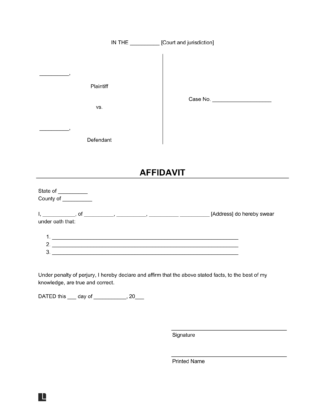
Use our Affidavit template to swear to the truthfulness of a statement or fact.

Updated August 19, 2024
Written by Josh Sainsbury | Reviewed by Brooke Davis
Affidavits, or notarized sworn statements, are used to swear that any written statement or fact is legally valid. You can use an affidavit for many reasons, such as to claim someone was born, to state an item was given as a gift, or as evidence in court.
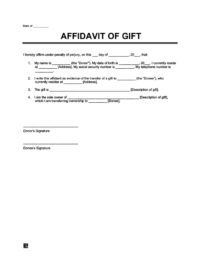
Formally records the transfer of a gift of significant value and clearly documents the giver’s wilful donation — distinguishing it from a loan or sale.
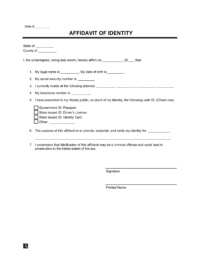
It pledges that the person signing the affidavit swears they are who they say they are.

Used to verify someone’s legal address.
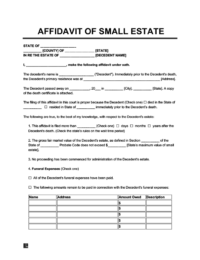
It certifies a deceased person’s estate is below a certain value and is used for the purpose of quickly distributing their property to beneficiaries.
It identifies the surviving family of a deceased person who died intestate (without a valid will).

Used to attest to the delivery of important documents by a process server, including the date, time, and manner the documents were served to the recipient.
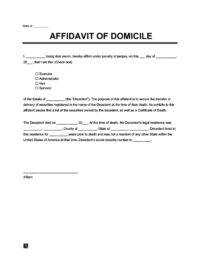
Used to verify the primary place of residence of a deceased person, in order to effectively transfer stock ownership and other securities.
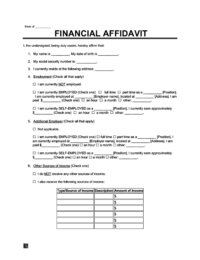
Used to confirm the financial information detailed in the document is reflective of the signer’s financial affairs and gives a court or other party an accurate look into their finances.
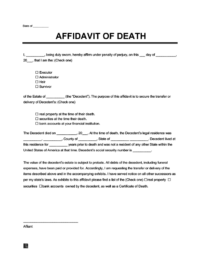
Used by a third party with personal knowledge of a person’s death, affirming the person has died.
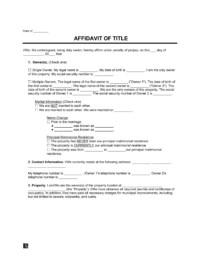
Used to confirm that a property seller has a true title to the property. Also, it guarantees the property isn’t being sold to someone else, has no liens against it, and the seller isn’t undergoing bankruptcy.
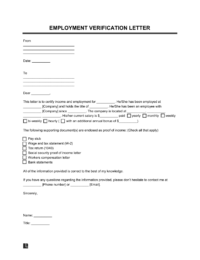
Used to prove an individual's salary and employment history.
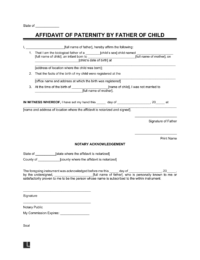
Used to acknowledge paternity for a child born outside of marriage.
An affidavit is a legal document containing a written statement sworn under oath. Affidavits are often used in court proceedings, where a statement of the facts of a matter is required. When you write an affidavit and sign it, you’re swearing under the law that the information contained in the document is accurate.
Affidavits are signed voluntarily in the presence of witnesses and notarized by a public official. Meeting these requirements makes affidavits legally binding, and the signer risks the penalty of perjury if they lie.
A sworn statement, also known as a sworn declaration, is similar to an affidavit because it contains a statement a person swears is true. Both affidavits and sworn statements can be entered as evidence in a court proceeding.
In either circumstance, the signer may be found guilty of perjury if the statement is relied upon and later found to be untrue. Both affidavits and sworn statements can be entered as evidence in a court proceeding.
One significant difference between the two documents is that an affidavit is notarized by a notary public, which can give it greater credence in court. When a document is notarized, there is less chance that someone coerced a person into signing it. So, in a court case where a statement of facts is required, an affidavit can be seen as more reliable.
Most courts prefer a notarized affidavit rather than a simple sworn statement. However, having a written statement certified and signed by a notary public or another court official can be time-consuming. A sworn statement is faster to process than an affidavit.
Affidavits serve several purposes and are used in various contexts, including:
Consider a court case involving a car accident where one of the key witnesses is an elderly woman who lives out of state and is too frail to travel. The witness’s testimony is crucial because she saw the accident happen and can confirm which driver ran the red light. Since she cannot appear in court, the lawyers arrange for her to provide an affidavit instead.
In her affidavit, she swears under oath that her statement is truthful and describes what she saw. The affidavit is then submitted as evidence during the trial, and the judge allows it to be considered in lieu of live testimony.
In real estate transactions, affidavits, deeds, and titles are key components, each serving a distinct role. Understanding how these documents relate to each other is crucial for ensuring a smooth and legally sound real estate transaction.
In some financial transactions, an affidavit may accompany a promissory note to provide additional legal weight to the document. The affiant might swear under oath to the accuracy of the information contained in the promissory note, confirming the existence of the debt and the terms agreed upon.
Think of an affidavit as an out-of-court written testimony swearing you’re telling “the whole truth, and nothing but the truth.”
If your affidavit is used in a court case, you should fill in the document’s relevant details. This includes the following:
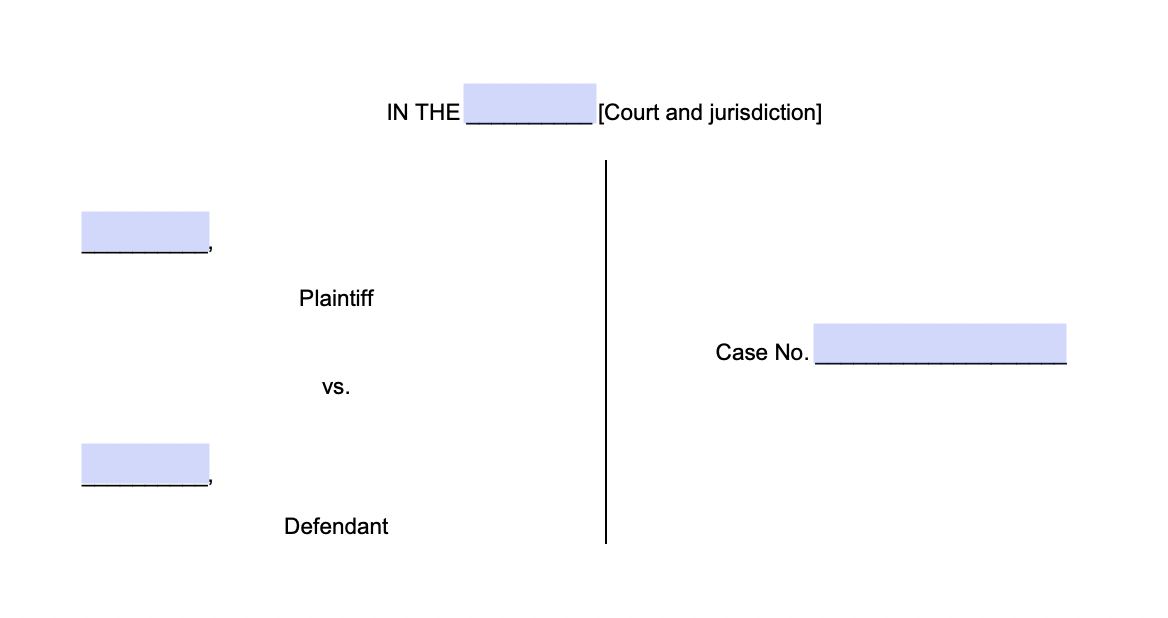
You must provide your details, such as your name and address. Then, write your statement of facts with the following guidelines:
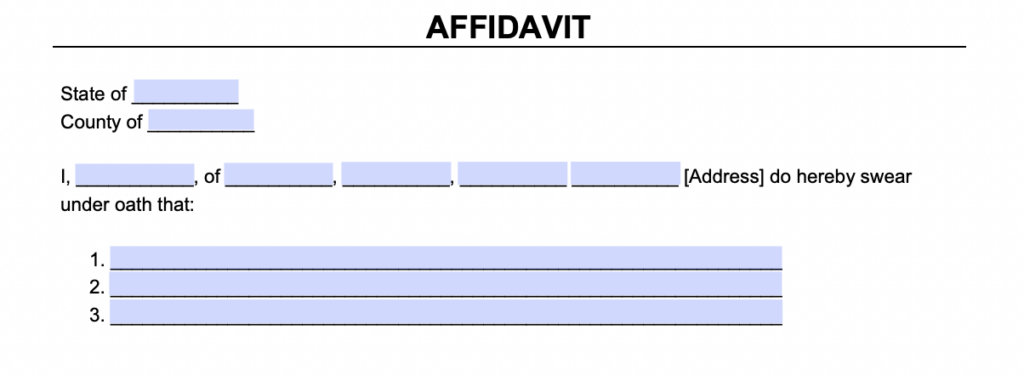
Once finished, you should fill in the date you wrote the affidavit and provide your signature.
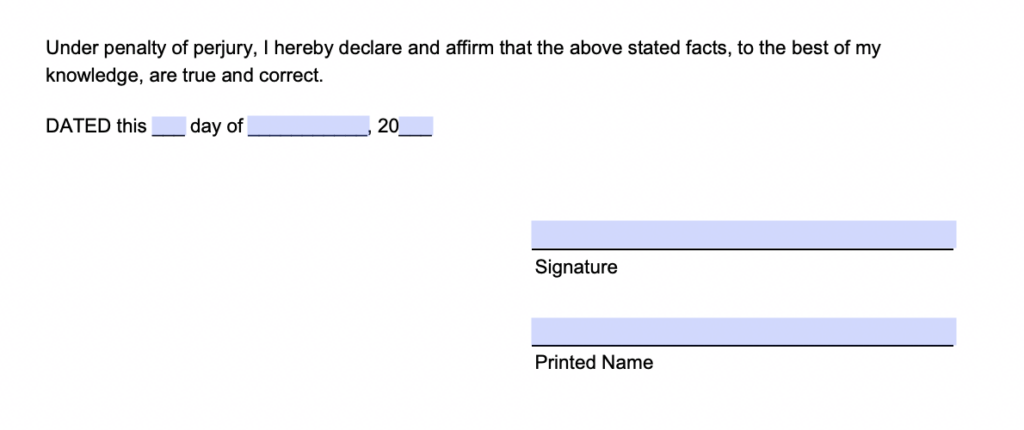
Notarizing the document is the last step but the most crucial. You must take the signed affidavit to a notary public who will certify and then notarize the document. This will make it eligible to be used as evidence in court.
The notarization process for signing an affidavit typically involves the following steps:
It’s important to note that the specific notarization requirements and procedures may vary by jurisdiction. Therefore, it’s advisable to consult the laws and regulations of your particular jurisdiction or seek legal advice if you have any questions or concerns about the process.
For Example, John is involved in a civil lawsuit where he needs to prove that he made regular payments to a contractor for renovation work on his home. To support his case, John decides to submit an affidavit in which he swears that he made all the payments as agreed.
He carefully writes out the affidavit detailing the payment dates, amounts, and method of payment. However, in his haste, John forgets to have the affidavit notarized.
When the case goes to court, John’s affidavit is submitted as part of his evidence. However, the opposing attorney immediately challenges the validity of the affidavit because it lacks notarization. The judge agrees and rejects the affidavit, stating that without a notary’s seal, there’s no legal verification that John actually signed the document under oath. As a result, John’s key piece of evidence is excluded, weakening his position in the lawsuit.
Below is a blank General Affidavit template for most use cases.